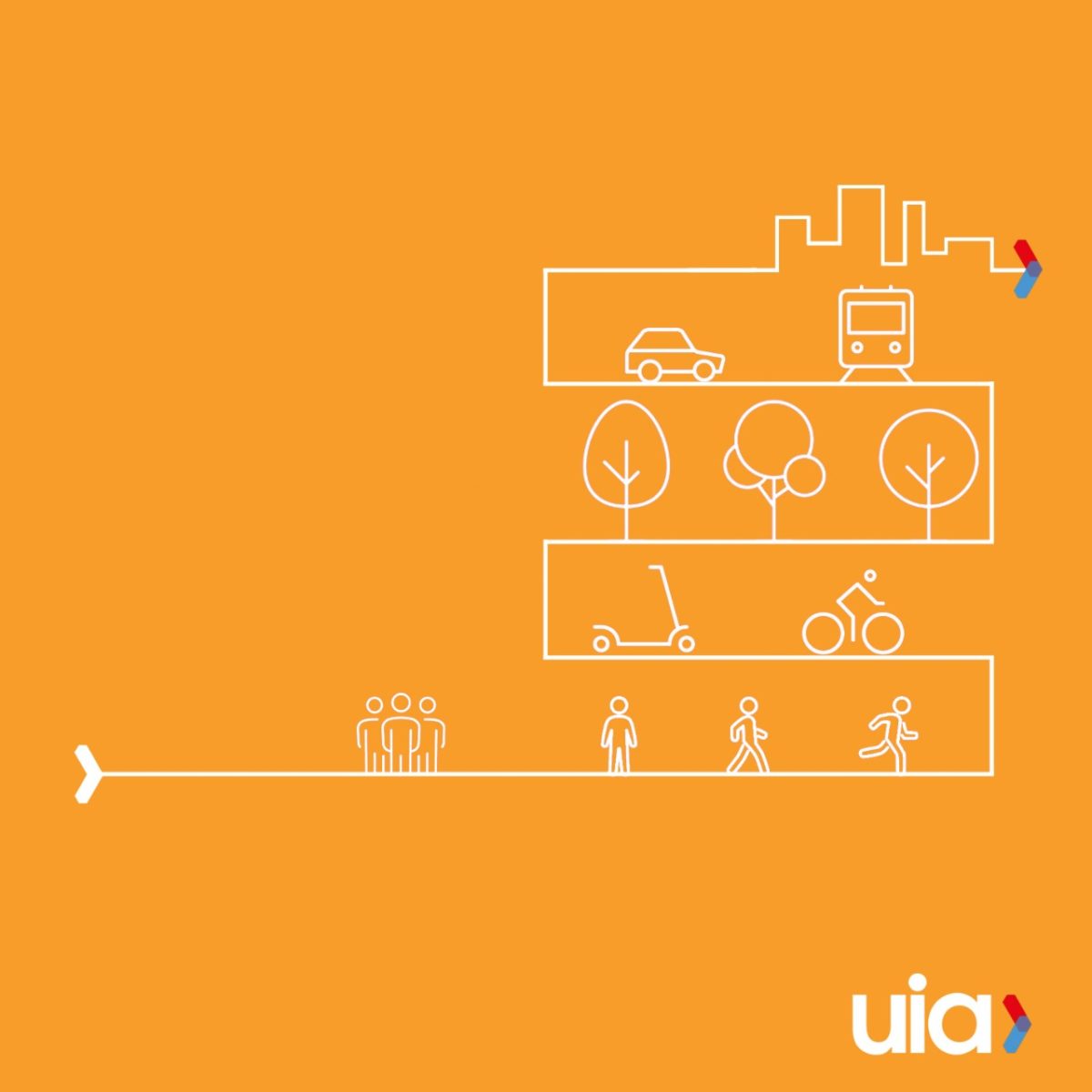Empowering the Next Generation in Participatory Urban Design
World Architecture Day (WAD), created by the International Union of Architects (UIA) in 1985, is celebrated annually on the first Monday of October. This day coincides with the United Nations World Habitat Day, aligning the architectural community’s efforts with global urban development goals.
The theme of World Architecture Day 2024 is “Empowering the Next Generation in Participatory Urban Design” emphasising the role of young architects in urban planning and development. The UIA encourages young architects to engage in participatory processes, contributing fresh perspectives essential for sustainable development.
Particular emphasis is placed on fostering resilient urban economies where cities drive growth and recovery through innovative and sustainable practices. Key areas of focus for this years WAD include energy efficiency, waste management, use of sustainable materials and promotion of sustainable mobility.
These efforts aim to create environmentally friendly cities that reduce dependence on external resources. Young architects can also enhance citizen participation in decision-making, involve communities in the design process and promote the appropriation and care of public spaces.
Young architects play a key role to play in:
– Shaping resilient and sustainable urban environments.
– Advocating for social justice and sustainable practices.
– Engaging in urban planning processes.
– Promoting adaptive reuse and revitalisation of existing structures.
– Incorporating circular economy principles and sustainable construction practices.
Their active participation is essential for building cities that prioritise the well-being of residents and the planet, ensuring a sustainable future for generations to come.
The celebration of World Architecture Day 2024 will showcase successful youth-led projects that have transformed communities and improved urban living conditions, highlighting the importance of participatory urban design. By involving young minds, cities can harness innovative ideas for sustainable and resilient urban environments.
